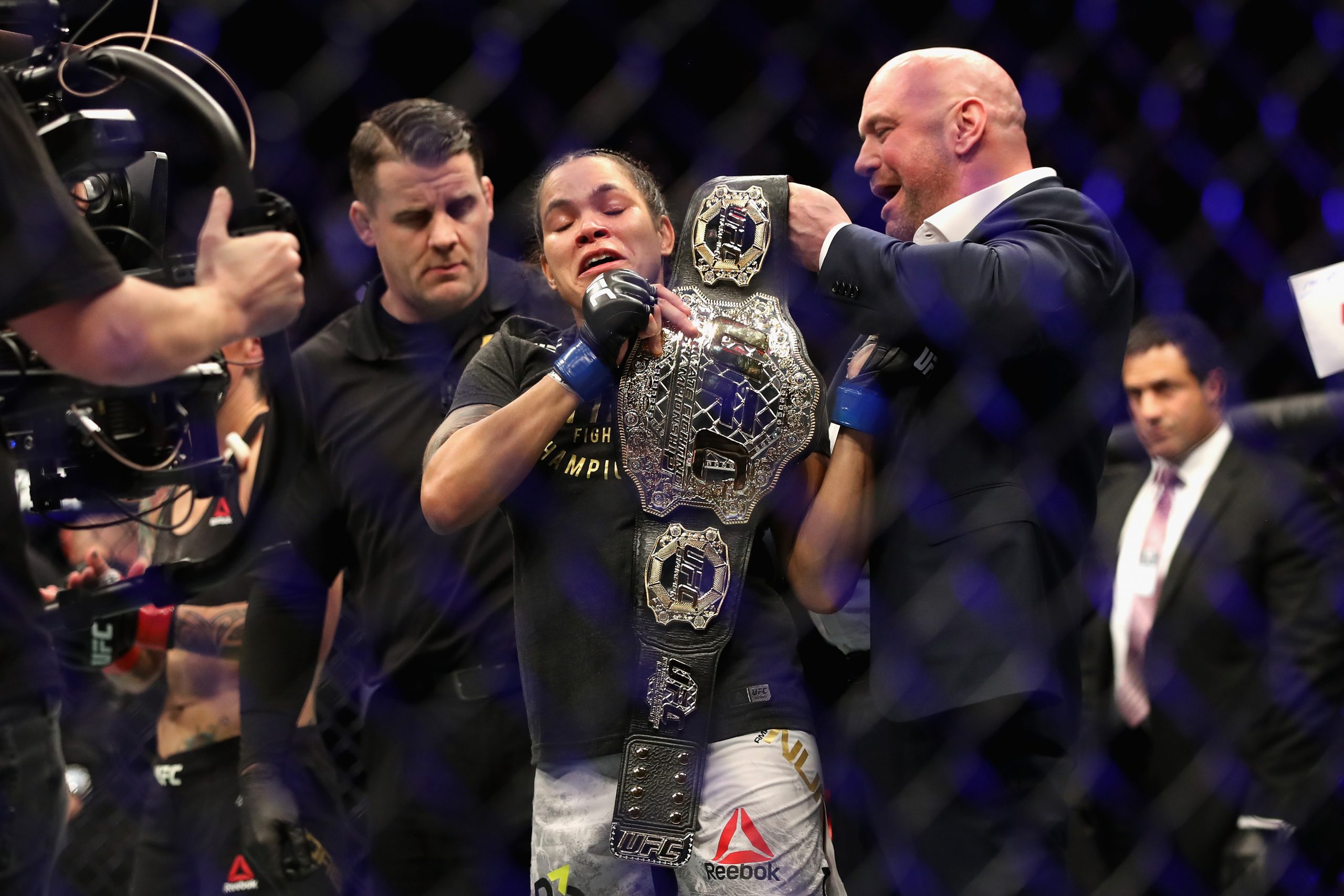Extremesportslab.com
There are many extreme sports worldwide, from the big league extreme team sport of hockey to the likes of canyoning, base jumping, and BMX. However, perhaps the most mainstream of all of the extreme sports around the world is mixed martial arts. The sport of pitting fighters of varying disciplines and backgrounds against each other in a caged octagon has caught on like wildfire, predominantly because of what The Guardian describes as a modern phenomenon, the UFC.
The sports company endured an incredibly tumultuous time through its early days to its takeover. However, via some savvy marketing and by exploring a new, but unusual, avenue of promotion, the UFC became the go-to place for talented MMA fighters, capturing the imaginations of sports fans across the United States and in several other countries around the world. Now, Forbes reports its president as saying it’s worth $7 billion. So, how did the 1993-founded promotion come from nowhere to reach such heights?
A stuttering start for the Ultimate Fighting Championship
The first UFC event took place on November 12, 1993, and while it wasn’t designed to be the start of a series of MMA events, that’s exactly what it became. The promotion was struck by controversies and calls for reform to the end of the decade – much like the fellow dangerous sport of boxing – from stricter rules to campaigns from public figures to ban the competitions.
Then, Dana White, Lorenzo Fertitta, and Frank Fertitta decided to snap-up the contentious brand, paying $2 million for a promotion that was nearly bankrupt, per CNN Business, and had little more than name recognition. Through to UFC 40, the sport was growing tremendously in popularity, but the owners still lost more than $30 million. So, they decided to try a new strategy.
Resurgence through reality television
Nowadays, when we think of reality television, soft-scripted shows like Keeping Up with the Kardashians and The Bachelor are often the kinds of shows that come to mind. In 2005, however, the UFC runners decided to bring the fight game to true reality television in the form of The Ultimate Fighter. Still running to this day, the research found in this blog post by Betway shows that ten contestants on the show have gone on to win a title in the UFC, with 22 total title challengers to date.
Among the most recent rising stars has been Kamaru Usman, who won the show in 2015 and claimed the welterweight strap in 2019. These contestants weren’t just getting fit on screen using some ridiculous exercise equipment for fun, either. The show demonstrated real training and staged real fights to find the winners of each series. As shown by MMA Weekly, it quickly became the most-watched show put on by the UFC, with the second season eclipsing the first on Spike TV.
Source: Betway
Establishing itself at the top of the sport
The money pumped into the UFC certainly helped to establish it as the leader of MMA, as did it jumping at the opportunity to standardize the global rules for the sport in 2009.
As an American sports company, it may have been expected that the UFC would fall to a similar allure of the likes of the NFL and MLB, looking to corner the sport in America, for America, subsequently cutting off the rest of the world. Instead, MMA’s inherent accessibility was leaned on. The UFC brought in fighters from all over the world, with as many as 40 different countries being represented at any one time.
As testosterone-filled and ego-pumping as the UFC is, it may not have eve survived to the modern-day if it wasn’t for its jump into reality TV.
You can follow UFC Betting Tips at Betway’s Blog.


